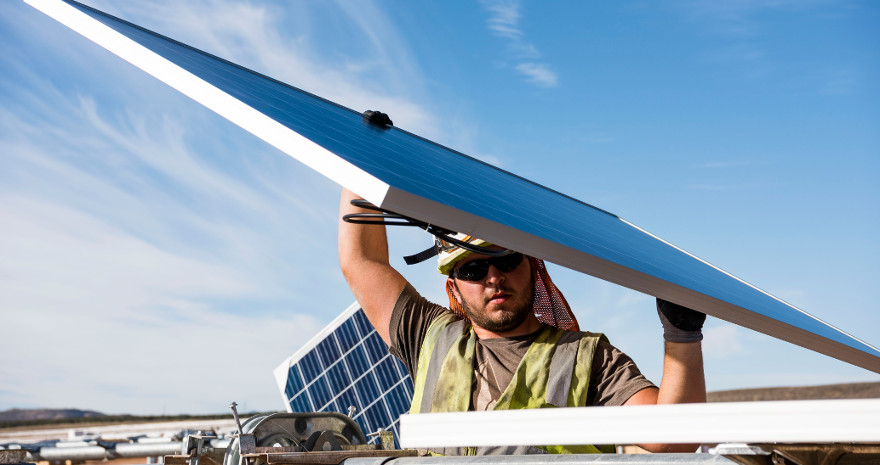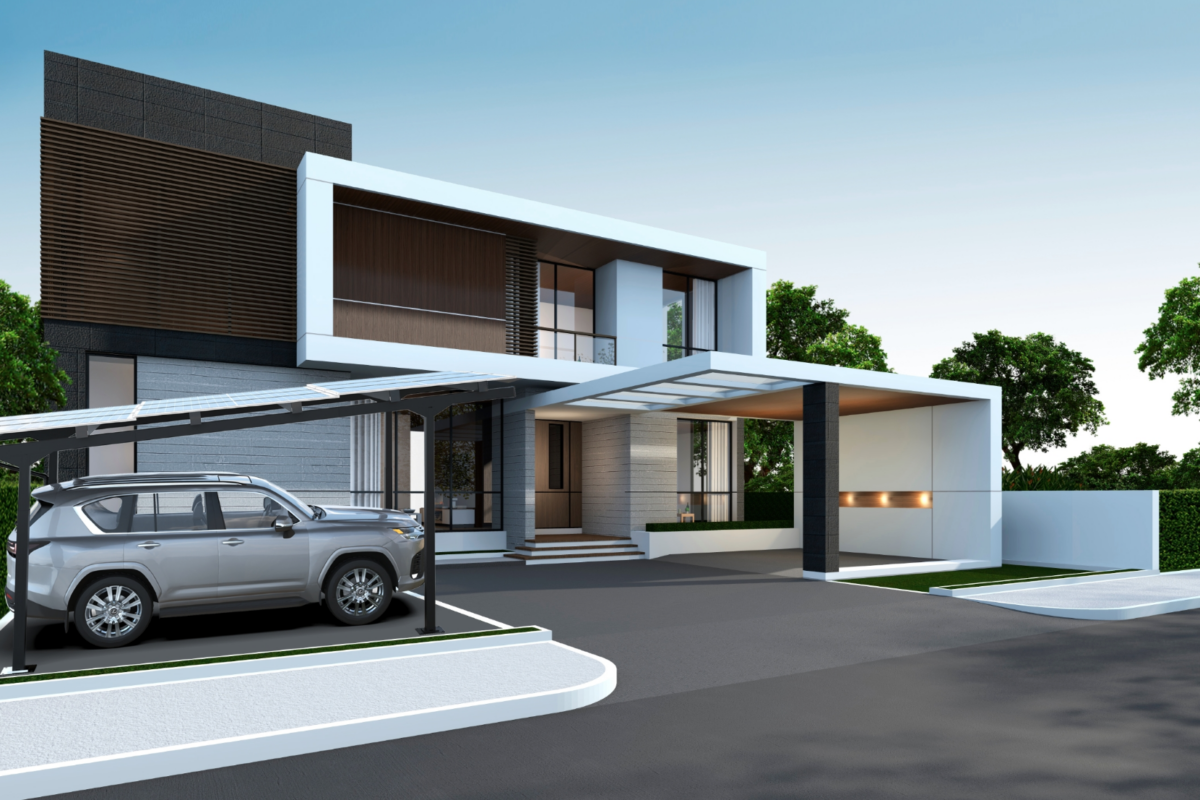From pv magazine Australia.
With world-leading levels of rooftop PV, Australia is emerging as a laboratory for the effects of large amounts of solar on grid operation. To better understand the mechanisms at play, and to potentially facilitate yet higher penetration levels of rooftop solar, the Australian Renewable Energy Agency (ARENA) is backing 12 distributed generation projects and studies.
“It is projected that up to half of all electricity could be generated by consumers within the next few decades, up from around 4% today,” said ARENA chief executive Darren Miller. “This is a huge change and will require innovations in software, hardware and thinking to achieve the best outcome for consumers.”
Digital technology, including software, plays a central role in the projects receiving ARENA grants, with systems being designed to calculate, monitor and communicate distributed energy resources (DER) on the grid and their capabilities. Remote control of those assets by grid operators and utilities is a part of some of the projects.
With a better understanding of the capabilities of, primarily, rooftop PV and batteries dispersed throughout the grid, and also more granularity of information regarding their location, it is likely higher penetration levels of residential and commercial and industrial solar can be achieved – an increase of “DER hosting capacity”.
Appliances play a role
Alongside solar and battery storage, DER also refers to controllable loads including those from e-mobility chargers and household appliances that can be digitally controlled – such as fridges, air conditioning units, hot water heaters and pool pumps. Virtual power plant (VPP) projects will also play a role, and one of the ARENA grants will provide $1.03 million (US$729,000) to SA Power Networks to design an interface between its grid control infrastructure and the Tesla VPP being rolled out.
The largest of the DER grants in this round of funding will go to Zeppelin Bend for its Evolve project, which involves developing software to be applied on the energy supply networks maintained by Ausgrid, Essential and Endeavour. The project has secured $4.29 million.
Alongside Zeppelin Bend and SA Power Networks, Jemena Electricity Networks, Solar Analytics and RACV have been granted funding for DER projects by ARENA. The agency says the grants will compliment work on its Distributed Energy Integration Program.
ARENA is also providing $2.38 million to state and national programs focused on DER capabilities, economic impacts and enabling policies.
This content is protected by copyright and may not be reused. If you want to cooperate with us and would like to reuse some of our content, please contact: editors@pv-magazine.com.




Interesting, each home would have about 5kW of usable storage available. With thousands of homes there would be a distributed power source creating a VPP. From thousands of “streams” the (run off) becomes a mighty river and each stream can become part of a larger powerful entity. A true bi-directional grid, instead of the silly inefficient mono-directional grid we have today.